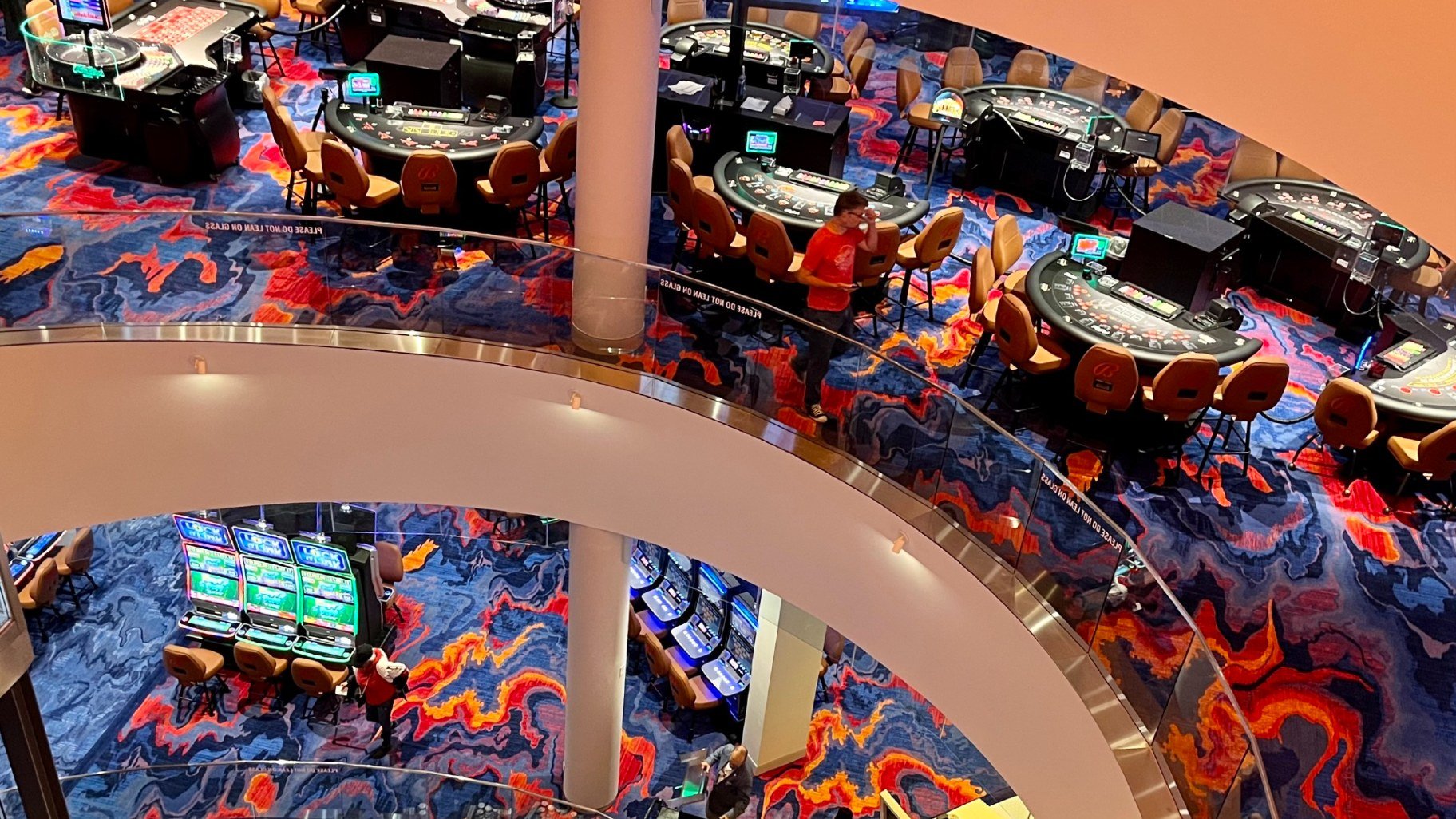
Slot gambling has fascinated players for decades, blending chance and fun in a colorful manner. From the first mechanical slot devices to the sophisticated digital machines of today, the progress of slot machines shows not only advancements in technology but also shifting social dynamics around gambling. The thrill of turning the reels and the anticipation of a potential win draw millions to casinos around the world, making slot machines a key element of gambling culture.
The attraction of these games goes beyond mere luck; they present immersive experiences laden with themes, audio, and visuals that enhance the overall enjoyment. Whether playing in a bustling casino or from the comfort of home, the excitement of slot gambling remains a common thread connecting players across different backgrounds. This fascination continues to grow, fueling discussions around tactics, mental aspects, and the effect of gambling on society, as enthusiasts seek not only fortune but also a sense of community in their gameplay. slot bet kecil
The History of Slot Machines
The fascinating origins of slot machines can be traced to the late 19th century when an inventor named Charles Fey created the first true slot machine known as the Liberty Bell in 1895. This machine featured three reels and five symbols, including horseshoes the famous Liberty Bell, which set the standard for upcoming designs. Fey’s invention rapidly became popular in saloons and bars, offering patrons a chance to win small amounts of cash, making it a widely enjoyed form of entertainment.
As the growing popularity of slot machines expanded in the early 20th century, they began to change. The introduction of electrical components brought about the "fruit machine", which included images of fruits such as lemons and cherries, further boosting the appeal of the game. With these developments, slot machines transitioned from rudimentary mechanical devices to more complex machines that offered a variety of gameplay options and bonus features, appealing to a wider audience and becoming a staple in casinos.
The mid-20th century marked a significant turning point for slot machines with the advent of computerized systems. The first fully automatic machine debuted in the 1960s, leading to video slots, which featured digital screens and detailed graphics. This advancement expanded the potential for innovation in design and gameplay, ultimately leading to the variety of machines available today in casinos around the world. As slot gambling continued to achieve worldwide popularity, regulations also adapted, influencing the manufacturing and operation of these machines in the gaming industry.
The Way Slot Machines Work
Slot machines function based on a mix of physical and digital systems designed to generate random outcomes. At the core of a traditional slot machine are actual reels that spin when the gambler tugs a lever or hits a button. Modern video slots have replaced these physical reels with images displayed on a screen, but the fundamental principle stays the same: generating random numbers that determine where the icons land on the reels.
The unpredictability is achieved through a Random Number Generator, or RNG, which constantly produces numbers even when the device is not being used. When a player activates the machine, the RNG halts at a specific number, correlating to a combination of icons on the screen. This guarantees that each spin is independent of the previous, providing fair odds and maintaining the thrill of uncertainty that draws players to slot gambling.
In furthermore to basic paylines, many modern slot machines feature complex game mechanics, including reward rounds, progressive jackpots, and joker or bonus symbols. These elements add layers of tactics and interaction, encouraging players to interact with the device aside from just the fundamental spinning of reels. This active ecosystem maintains slot gaming fresh and appealing, serving to a variety of preferences and gaming styles.
The Psychology of Gambling
The allure of slot gambling often lies in its ability to evoke a variety of emotions, tapping into the thrill of risk versus reward. Players experience a rush of excitement as they pull the handle or press the button, fueled by a mix of anticipation and hope. This volatility can lead to a intensified state of excitement, making the experience compulsive for many. The near-miss phenomenon, where players come near to hitting a jackpot, triggers a dopamine release that reinforces the desire to continue playing, often despite significant financial losses.
Social elements also play a crucial role in the psychology of slot gambling. Many casinos create an engaging environment that encourages camaraderie among players, fostering a sense of community. The shared experience of playing together can enhance enjoyment, leading to longer gaming sessions. Furthermore, special offers and loyalty rewards make the decision to return to the slots feel more justified, as players believe they are part of an elite group, thereby amplifying their commitment to wagering on the machines.
Finally, the way slot machines are designed influences player engagement at a mental level. Features like bright lights, engaging sounds, and captivating themes create an atmosphere of excitement and diversion. This sensory overload can make it difficult for players to gauge time spent and money lost, encouraging them to keep playing. By understanding these mental mechanisms, it becomes evident why slot gambling continues to intrigue so many people, drawing them into a world that blurs the line between entertainment and obsession.
